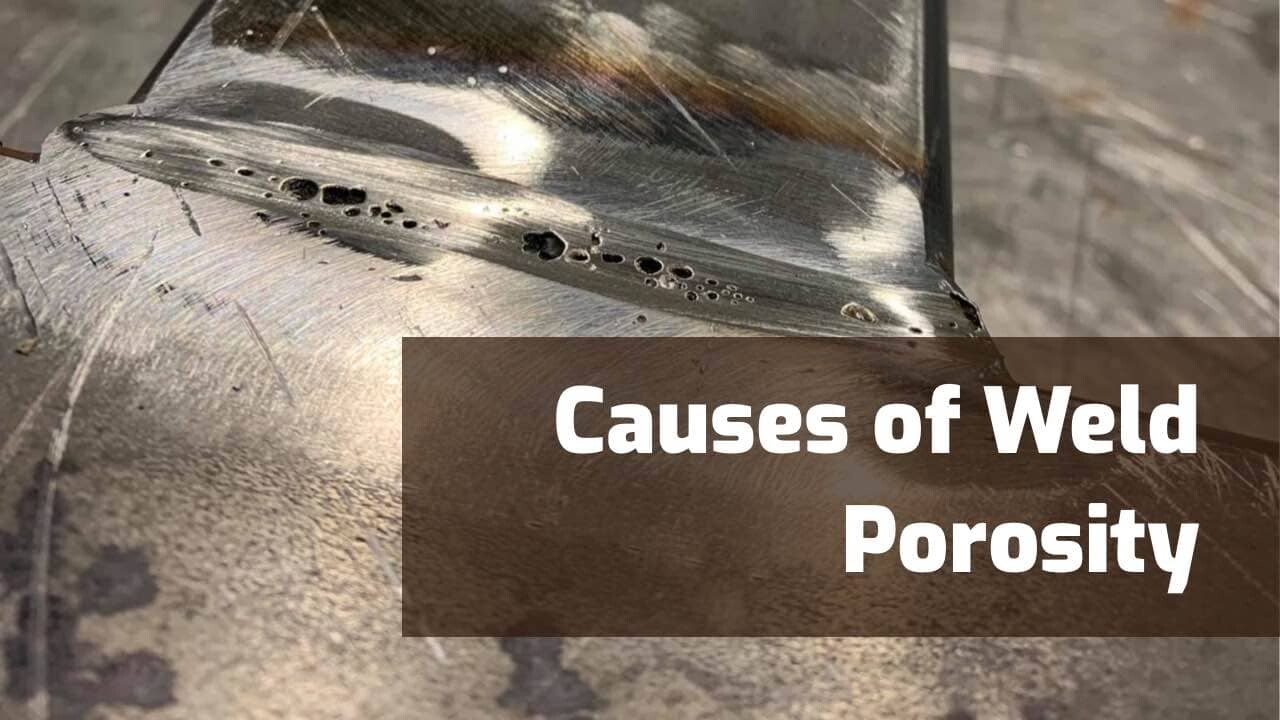A Comprehensive Overview to Identifying, Fighting, and Repairing Undercut Welding Problems in Your Welding Projects
In the world of welding, running into undercut concerns is an usual difficulty that can endanger the architectural integrity and general top quality of your welding tasks. Recognizing the origin behind undercut welding, having the ability to precisely find it in your welds, and implementing reliable preventative procedures are vital abilities for any kind of welder. Furthermore, having the knowledge and strategies to remedy undercut problems when they do take place can make a considerable difference in the last outcome of your welding undertakings. Stay tuned as we discover the vital components of recognizing, avoiding, and fixing undercut welding issues, providing you with useful insights and methods to elevate your welding skills to the following level.
Common Sources Of Undercut Welding
Undercut welding, a typical concern in welding processes, can be triggered by numerous variables that need to be thoroughly recognized and dealt with to ensure the stability of the weld joint. Among the key root causes of undercut welding is excessive heat input. When the welding specifications, such as voltage, existing, or take a trip rate, are not properly set, an extreme amount of warm can be produced. This excess warm brings about the melting and succeeding elimination of the base product along the sides of the weld joint, developing a groove referred to as undercut.
One more common root cause of undercut welding is improper welding technique. Poor adjustment of the welding lantern or weapon, inaccurate angle or distance between the work surface and the torch, or inconsistent traveling rate can all contribute to the formation of undercut. In addition, making use of the incorrect welding consumables or electrode size for a specific joint arrangement can bring about undercut issues. Identifying these source and executing restorative procedures is necessary in protecting against and fixing undercut welding troubles in welding jobs.
Identifying Undercut in Welds

To determine undercut properly, correct lights and magnifying devices are important to check the weld joint completely. Making use of devices such as a welding gauge or a magnifying glass can aid in finding even the tiniest undercut imperfections. Additionally, running a finger or a fingernail along the weld joint can often expose undercut, as check it out the surface area may feel uneven or have a dip where the undercut exists.
Safety Nets for Undercut
Having a deep understanding of the causes of undercut in welds permits for the application of effective preventative steps to keep weld quality and honesty. These settings must be optimized to stop excessive warmth input, which can lead to undercut formation.

Strategies for Repairing Undercut

Enhancing the welding existing or decreasing the traveling speed can assist fill up in the visit their website undercut. Additionally, transforming the welding technique from a push to a drag or vice versa can additionally help lessen undercut.
Another method is to make use of a weaving motion while welding to make sure correct sidewall fusion and fill in the undercut. By oscillating the welding arc from side to side within the weld joint, the welder can transfer more filler material right into the undercut locations, efficiently getting rid of the defect.
Additionally, grinding out the undercut and rewelding the joint can be a sensible solution for a lot more extreme undercut issues - Preventing weld undercut. This process includes getting rid of the undercut area, preparing the base metal, and after that rewelding the joint with correct welding parameters and techniques to stop undercut from reoccurring

Specialist Tips for Staying Clear Of Undercut
Making use of correct welding strategies and preserving control over vital welding parameters are vital strategies for welders intending to prevent undercut in their weld joints. One expert tip for avoiding undercut is to make sure proper joint preparation. This entails cleaning up the base metal thoroughly to get rid of any type of pollutants that could lead to damage formation. Additionally, picking the proper welding process and filler metal for the specific application can aid stop undercut. Welders ought to also pay very close attention to the welding present and voltage settings, guaranteeing they are within the suggested range to prevent overheating and possible undercut. Preserving a regular traveling rate throughout the welding process is one more important pointer to stop undercut. By moving at a consistent pace, welders can make certain appropriate blend and decrease the chance of undercut formation. Last but not least, checking the weld grain after completion can like this aid identify any type of signs of undercut very early on, allowing for instant corrective action to be taken.
Final Thought
In verdict, recognizing, avoiding, and taking care of undercut welding troubles in your welding tasks is critical for ensuring strong and durable welds. Preventing weld undercut. By understanding the typical reasons for undercut, being able to determine it in welds, carrying out precautionary procedures, and using appropriate methods for taking care of undercut, you can prevent prospective problems and create top quality welds. Complying with expert tips for avoiding undercut can aid you boost your welding abilities and create much better results in your tasks
Undercut welding, an usual problem in welding processes, can be caused by numerous variables that require to be thoroughly identified and resolved to make sure the stability of the weld joint. Additionally, running a finger or a finger nail along the weld joint can often expose undercut, as the surface might feel uneven or have a dip where the undercut exists.
Making use of appropriate welding techniques and keeping control over crucial welding parameters are crucial approaches for welders aiming to prevent undercut in their weld joints.In verdict, identifying, protecting against, and taking care of undercut welding problems in your welding tasks is important for ensuring solid and sturdy welds. By recognizing the usual reasons of undercut, being able to identify it in welds, implementing preventive procedures, and using appropriate techniques for repairing undercut, you can avoid potential issues and create high-quality welds.